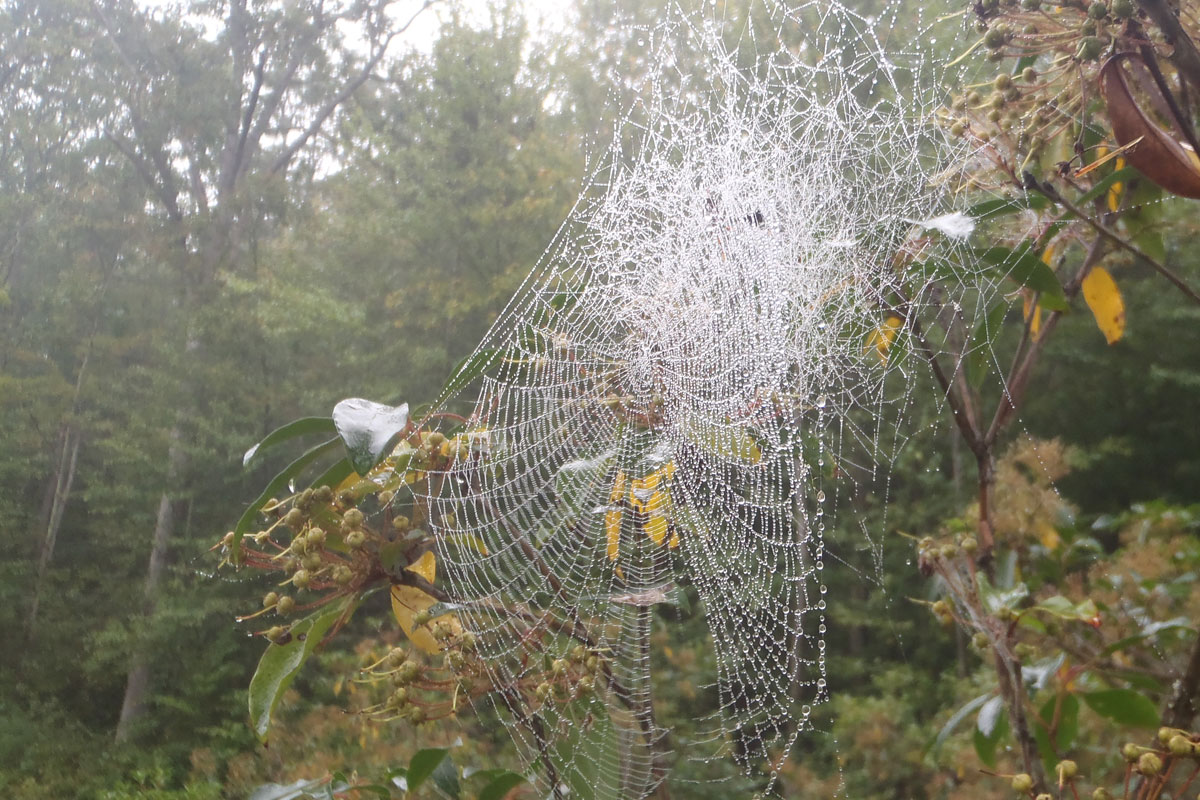News

Our Pest Control Pals

By Emily Mansfield, PCCD Communications Coordinator
In Pike County, we live in the woods, so that means that we live alongside many “pests” like mosquitos, flies, gnats, and the ever -expanding patches of invasive plants. We use a lot of chemicals to try to combat them, including herbicides, insecticides, fungicides, and more. According to the most recent EPA Pesticides Industry Sales and Usage report from 2012, the US population spent almost $14 billion dollars that year on pesticides. Agricultural and commercial operations account for a lot of that usage, but over $3.3 billion was spent on home and garden applications. That total includes all types of pesticides, but about 80% of it was spent on insecticides alone. There has been very little published since then with official estimates of pesticide usage in the US recently. However, a 2019 article published in Discover Applied Sciences notes that the US is the second-largest consumer of pesticides globally. Unfortunately, these chemicals can also end up in our water supply, carried into groundwater and surface waters by stormwater runoff. Additionally, they can negatively impact non-target species like our pollinators.
Luckily, many of our Pike County neighbors consume those pesky insects for us- free of artificial chemicals and free of charge. For instance, all native bat species in PA are insectivores, and each individual can eat about 1,000 insects or more every night! According to Bat Conservation International, some of the species of bats in northeastern PA include the federally endangered Indiana bat and Northern long-eared bat as well as the globally endangered Little brown myotis and Eastern small-footed myotis. These bats eat many of the common pests that intrude on our houses or picnics, including mosquitos, flies, ants, moths, spiders, and more. All of that insect-eating also adds up to billions of dollars in savings to the US agricultural industry each year, as many of those insects would otherwise harm crops. We can help bats help us by installing bat boxes on our properties to give them safe shelter and turning off our outdoor lights at night. Bat boxes can be purchased or made yourself—find plans and tips at Bat Conservation International.
Even though spiders are some of the common pests around our homes that bats help us control, the spiders themselves are also helpful insectivores. According to Phys.org, spiders are excellent garden inhabitants because they don’t harm the plants growing there. Incredibly, spiders eat so many insects each year, that the weight of all their meals rivals the weight of all the people on Earth combined! To support spiders in your garden, plant sturdy vegetation that can hold their webs and leave dead plant stalks intact until spring cleanup. Spiders and beneficial insects use this plant material as a warm place to “overwinter” where they will be protected from the freezing temperatures and predators until they re-emerge in the spring.
Birds are another group of friendly insect eaters. According to the Smithsonian National Zoo and Conservation Biology Institute, birds not only eat individual insects, but they also have a large impact on their population dynamics. Because many birds preferentially prey on large insects, they are targeting the adult reproductively viable individuals in the population and limiting the population’s ability to produce more individuals. Birds also avoid insects that are infected by parasites, which leaves those infected remaining in the population to infect and kill others. This multiplies the ability of the birds and the parasites to manage the insect population. We can all help birds by applying stickers or a thin coat of paint meant to reduce reflections and bird collisions on our windows and by keeping predatory housecats inside.
All these animals are rather recognizable, but we have even more pest controlling friends who are less well-know – and they’re not limited to animals, either. Purple pitcher plants are a species of carnivorous plants in our area that consume any insect or spider that falls into its open pitcher-shaped leaves. Pike County also hosts roundleaf sundew plants which capture insect prey with sticky hairs on their leaves. Both of these plants are often found in bogs because of the nutrient-poor soil there; they can supplement their nutrient intake by digesting these insects. Some fungi in our soil, like Metarhizium, can also kill common agricultural pests that attack crop species.
Insecticides are much less necessary when these natural insect eaters are supported and present. Moreover, chemical pesticides can harm wildlife outside of the target species- including those who eat the pests. When chemical pesticides are necessary to control large and invasive populations, be sure to apply them well before any precipitation to ensure that they will be fully absorbed by the target and not carried off into water supplies and other environments with stormwater runoff.
Bats, spiders, birds, plants, fungi, and more of our wildlife neighbors are actively controlling the pests in our homes, gardens, and agricultural fields. In fact, they rely on those insects as their food source. Let’s support those who are supporting us by giving them plenty of shelter options and steering clear of the chemical pesticides, bright lights, and other factors that threaten their survival and pest-controlling success.
